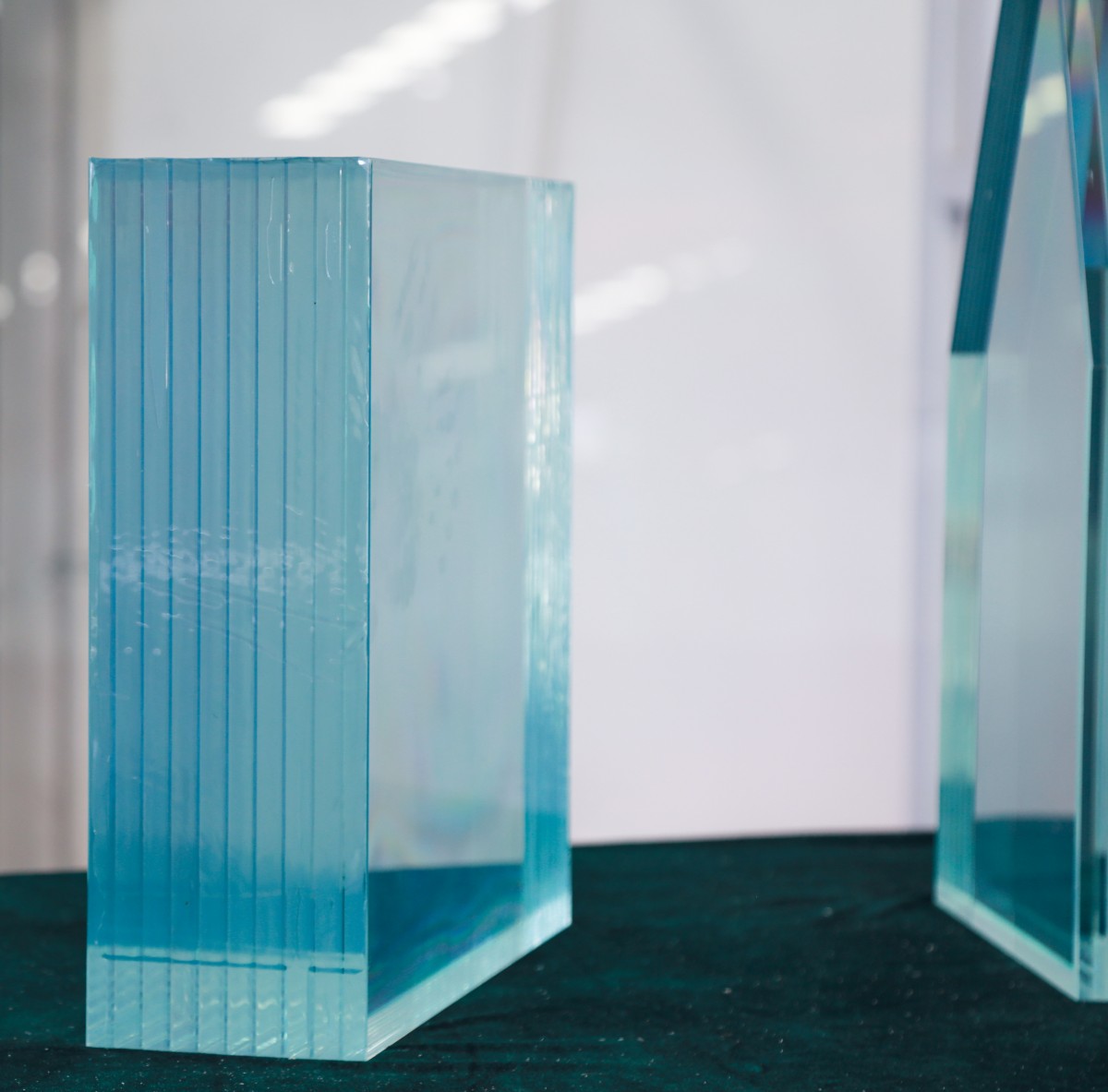Waterproofing is a crucial aspect of building maintenance and protection against water damage. While it is commonly associated with basements, foundations, and walls, the question arises: Can waterproofing be done on ceilings? In this article, we will delve into the feasibility of waterproofing ceilings, exploring various techniques, considerations, and potential benefits.
- Understanding Ceiling Waterproofing:
Ceiling waterproofing refers to the process of applying protective measures to prevent water infiltration and damage to the ceiling structure. It involves the use of specialized materials and techniques to create a barrier against moisture, leaks, and condensation. - Assessing the Need for Ceiling Waterproofing:
Before initiating any waterproofing project, it is essential to evaluate the need for ceiling waterproofing. Factors such as the building's location, climate, age, and previous water damage incidents should be considered. Additionally, identifying potential sources of water intrusion, such as roof leaks or plumbing issues, is crucial in determining the necessity of waterproofing. - Techniques for Ceiling Waterproofing:
a. Membrane Systems: One common method involves the installation of a waterproof membrane on the ceiling surface. This membrane acts as a protective layer, preventing water from seeping through. Different types of membranes, such as bituminous, liquid-applied, or elastomeric, can be used based on the specific requirements of the ceiling.
b. Cementitious Coatings: Another approach is the application of cementitious coatings, which create a durable and waterproof layer on the ceiling. These coatings are typically mixed with additives to enhance their water-resistant properties and can be applied to various ceiling materials, including concrete, plaster, or drywall.
c. Suspended Ceiling Systems: In some cases, installing a suspended ceiling can provide an effective waterproofing solution. This involves creating a secondary ceiling below the original one, using moisture-resistant materials such as PVC or metal panels. The gap between the two ceilings acts as a buffer zone, preventing water from reaching the original ceiling.
- Considerations and Challenges:
a. Structural Integrity: Before proceeding with ceiling waterproofing, it is crucial to assess the structural integrity of the ceiling. Any existing damage, cracks, or weak points should be addressed to ensure the effectiveness of the waterproofing measures.
b. Accessibility: Ceiling waterproofing can be challenging, especially in buildings with limited access to the ceiling space. Proper planning and coordination may be required to overcome these accessibility constraints.
c. Professional Expertise: Due to the complexity of ceiling waterproofing, it is advisable to seek professional assistance. Engaging experienced waterproofing contractors or consultants can ensure the correct selection of materials, proper installation techniques, and adherence to safety standards.
- Benefits of Ceiling Waterproofing:
a. Preventing Water Damage: The primary advantage of ceiling waterproofing is the prevention of water-related damage, such as mold growth, structural deterioration, and staining. This helps maintain the integrity and aesthetics of the ceiling, prolonging its lifespan.
b. Health and Safety: By eliminating moisture and preventing mold growth, ceiling waterproofing contributes to a healthier indoor environment. It reduces the risk of respiratory issues, allergies, and other health problems associated with damp conditions.
c. Cost Savings: Investing in ceiling waterproofing can lead to long-term cost savings. By avoiding potential water damage repairs and the need for frequent maintenance, building owners can mitigate expenses in the future.
Conclusion:
While waterproofing ceilings presents unique challenges, it is indeed feasible and highly beneficial in protecting buildings from water damage. By understanding the techniques, considerations, and potential benefits discussed in this article, individuals can make informed decisions regarding ceiling waterproofing. Remember, consulting professionals in the field is crucial to ensure the best results and long-lasting protection for your ceilings.

